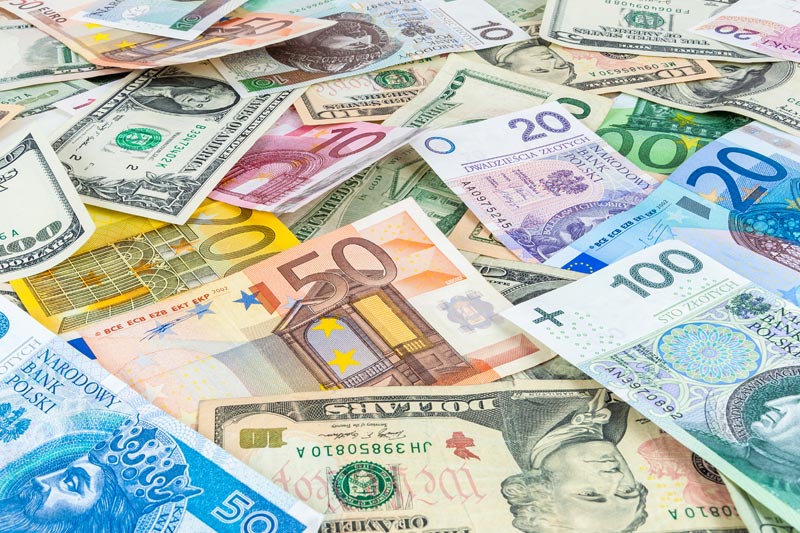Investing.com – Asian currencies – from India to Philippines – were under pressure Tuesday morning even as the dollar moved slightly up.
The U.S. Dollar Index, which tracks the greenback against a basket of currencies, was up 0.03% to 95.13 at 11:30PM ET (GMT 03:30). The dollar lost some ground overnight against the euro and the pound sterling after hopes improved for a Brexit deal over the next few weeks.
The Japanese yen gave up some ground against the dollar, with USD/JPY up 0.29% to 111.44. Although U.S. President Donald Trump’s latest plan of adding tariff on a further $267 billion Chinese goods has not gotten an elaborated response from Beijing, the fear of the trade war still looms, and investors may go back to the safe haven currency yen.
The Indian rupee continued fall in Asia, tapping new lows against the dollar even as the greenback climbed. The rupee has lost about 12% this year. The USD/INR was down 0.14% to 72.485 having narrowed some losses.
The Philippine peso has also been losing ground against the dollar and is down more than 6% over the last year. The USD/PHP pair was trading down 0.03% to 53.891 on Tuesday morning. Franklin Templeton Investments expects the peso to fall past the 55 mark to the dollar hurt by increases in the price of oil and a central bank that has been reluctant to take significant action. The peso hit its weakest point in 13 years on Friday.
The Indonesia rupiah which has lost almost 13% against the dollar over the last year, was marginally up with the USD/IDR pair up 0.01% to 14,846.
The Chinese yuan was up. The USD/CNY pair was up 0.15% to 6.8650. The People’s Bank of China and other agencies have been taking steps to support the currency. In August, the China Foreign Exchange Trade System (CFETS) reintroduced a counter-cyclical factor in setting the value of the yuan after a 5% plunge in the currency over a two month period.
The PBOC set the base rate of the yuan on Tuesday at 6.8488 against the dollar on Tuesday compared to 6.8389 on Monday. The reference rate is the mid-point around which the yuan is allowed to trade.
Elsewhere, the Australian dollar gained ground. The AUD/USD was up 0.07% to 0.712.
